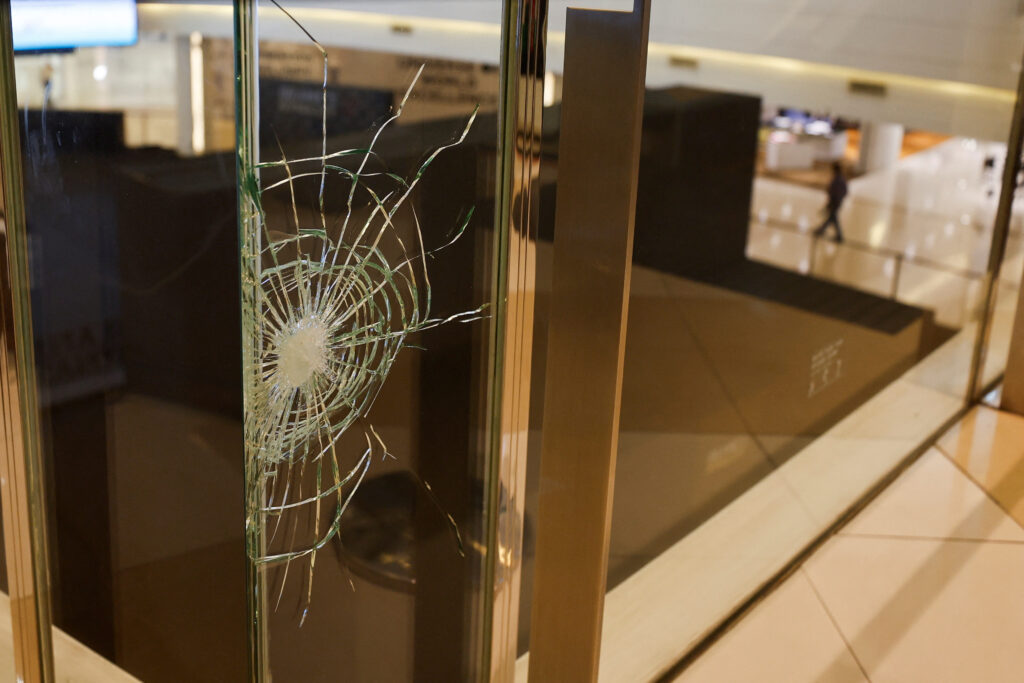Preventing the Emergence of a Shooting Culture in Thailand
Over the past four to five years, it appears that Thai society has been forced to grapple with a new and largely unprecedented danger: mass shootings. Yes, we are attempting to comprehend the phenomenon of “shootings” within our communities.
These events, perpetrated by individuals with malicious intent and access to firearms, involve acts of violence that are either random or meticulously planned, resulting in multiple casualties. What was once considered a distant occurrence in countries like the United States has now hit closer to home.
From the shootings in Nakhon Ratchasima and Nong Bua Lamphu to the most recent incident at a prominent shopping mall in downtown Bangkok, the severity of these acts remains consistent. The unpredictability of such situations keeps us in a perpetual state of unease, as we cannot predict when and where the next one will take place or who will be responsible.

The previous incidents have served as poignant examples, claiming many lives and prompting societal introspection. However, the response has often been more reactive than proactive. Lessons are discussed by governmental agencies and peace advocates, but the likelihood of such incidents occurring seems to decrease only marginally. We continue to live with uncertainty, not knowing whether the next time, we will be caught in the crossfire.
The root causes and contributing factors are intricate and multifaceted, with each event being unique. Firearms used in these incidents are easily acquired through illegal sources, and there have been reports of missing military weapons. The double standards in dealing with underprivileged youth within the police and military organizations create a stark contrast, making firearm access easier for some. The education system, which fosters intense competition and stress among youth, contributes to their vulnerability. Dysfunctional families either neglect or push their children away, leaving them estranged from reality. The widespread availability of drugs serves as an escape route or a coping mechanism, and there is a lack of safety nets or mental health support until tragedy strikes.
All these issues are often swept under the rug until a catastrophic event occurs. Those in positions of power speak of “lessons learned,” but the impact appears to be minimal. We must confront the harsh reality that Thailand, under these precarious conditions, is at risk of individuals resorting to violence as a means to an end. To address this, we must analyze and take substantial action.
While there may be no immediate solution, we should, at the very least, acknowledge that shootings are more than isolated incidents. They are a result of a multitude of contributing factors and cannot be attributed solely to any single cause. We cannot afford to let this situation persist without addressing it seriously.
No one wishes for shootings to become a part of our national identity. These events cause immense loss and shatter the spirit of living life to the fullest, whether for those who lose their lives or those who survive the trauma.
So, let us not allow “shootings” to become a “national culture” in Thailand in the future, as they have in the United States. Because when comparing the effectiveness of societal protectors and civil society organizations, we are often left trailing behind in many aspects.
#TicyCity #TicyMovement #TicyShooting #Shooting #BreakingNews